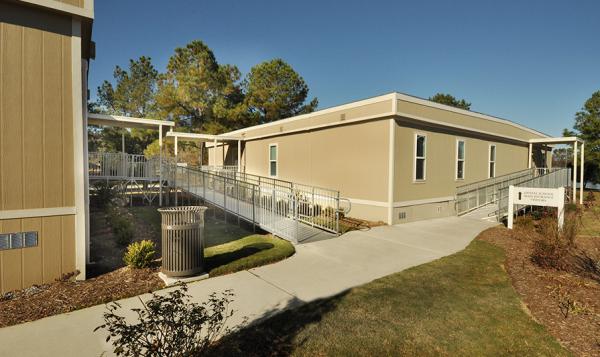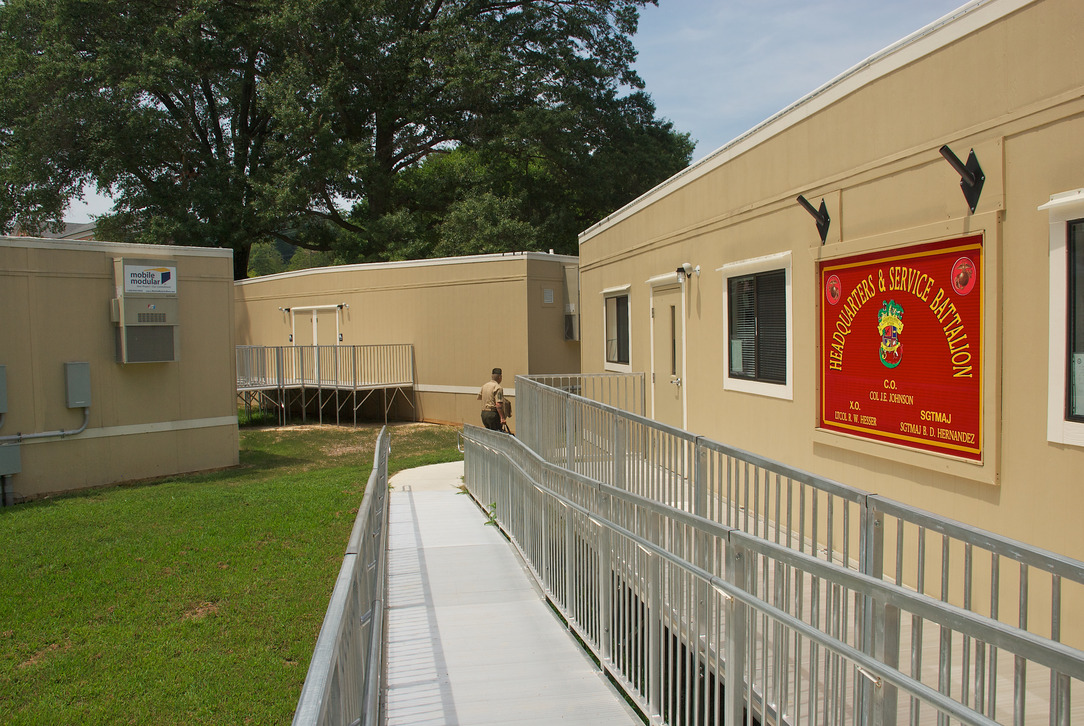Why ADA Compliant Ramps And Stairs Matter For Schools And Businesses
The Americans with Disabilities Act (ADA) of 1990 is meant to prohibit the discrimination of people with disabilities as well as guarantee them the same opportunities as others in the United States. This includes equal employment opportunities as well as accommodations in transportation and in public places.
The city of Pekin, Illinois is proceeding with an ADA Transition Plan for the Public Right of Way after complaints were filed with the Federal Highway Association against the city. Of the 1,491 sidewalk ramps in the city, only about 13 percent of them were ADA compliant. In addition, 193 sidewalks in Pekin lacked ramps altogether.
This isn’t the only incident involving ADA compliance. The Franklin Rogers Park in Mankato, Minnesota, which is the home field of the Mankato Moondogs, isn’t ADA compliant yet, even after receiving $3.2 million for upgrades by the City Council last year.

Why is it Important to be ADA Compliant?
Compliance with ADA is an important step a business or school can take towards ensuring it meets the intent and letter of the law and the varied needs of the people it serves. A business conforming to the act can tap into an entire customer base since it has taken the time to accommodate more people. A school complying with ADA requirements helps to ensure the safety of all children.
Complying with ADA regulations has more than a monetary angle, it also means you are providing a space that is accessible to everyone. It is about acknowledging that people with differences and disabilities are welcome in any space.
ADA ramp requirements
The US Department of Labor under its Occupational Safety and Health Act (OSHA) endorses the ADA requirements. There are certain design standards that must be followed in order to ensure safety when working towards becoming ADA compliant.
- Slope or incline specifications. Lower ramps are advised so that accidents are limited because if the incline is too high, there is a higher potential for people to fall backwards. The maximum slope is required to be 1:12, which means for every inch of rise, there must be one foot of ramp. However, the rise is limited to 30 inches, so you cannot have a ramp of more than 30 feet without incorporating additional design requirements.
- Landings. ADA wheelchair ramp requirements state that the landings at both the top and bottom of the ramp must be level. Landings must also be as wide as the ramp itself and in case ramps change direction at a landing, then the landing cannot be smaller than 60 x 60 inches.
- Outdoor Ramps. Weather conditions must be taken into account when designing ramps. Water must not be allowed to accumulate on the ramp. Preferably, ramps should be made with a non-skid surface to prevent accidents.
Stair Design and the Americans with Disabilities Act of 1990
According to the ADA, stairs must have:
- Uniform riser heights and tread depths
- A minimum height of four inches tall but cannot exceed seven inches
- A minimum of 11 inches in tread depth
- Tread surfaces must remain consistent
ADA handrail requirements
Handrails are a necessary safety feature so that people using the ramp are protected from falling off and can use it to help them get up the ramp itself. Handrails must be present on both sides of the ramp, and gripping surfaces on the rail must be continuous. The ends of the handrails should be smooth or meet the floor or wall.
For buildings where children are the primary users, such as schools, ADA has slightly different specifications. For example, the handrail is required to be at a maximum height of 28 inches, measured from the ramp or surface or stair nosing.
The federal government is working in educating business owners about ADA guidelines. Resources currently include a comprehensive website, a hotline, extensive technical assistance materials, and federally-funded regional ADA Centers that provide in-depth resources and training in every state. This results in businesses and schools having a better chance of attaining ADA compliance.
At Mobile Modular, we recognize the importance of stairs and ramps for modular buildings. We go out of our way to help ensure your business or school complies with the applicable accessible laws. Contact us or request a quote for our commercial or educational modular buildings today.




